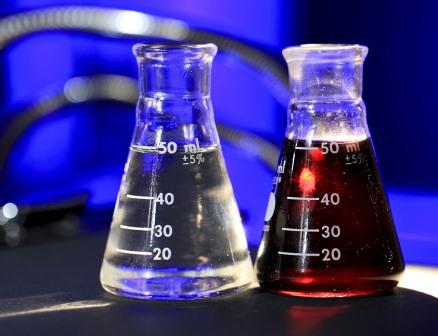PROPERTIES OF HYDROGEN GAS
(a) Physical properties Hydrogen is a neutral, colourless and odourless gas. When mixed with air it has a characteristic pungent choking smell It is insoluble in water thus can be collected over water. It is the lightest known gas. It can be transferred by inverting one gas jar over another. (b) Chemical properties. (i) […]
PROPERTIES OF HYDROGEN GAS Read More »
